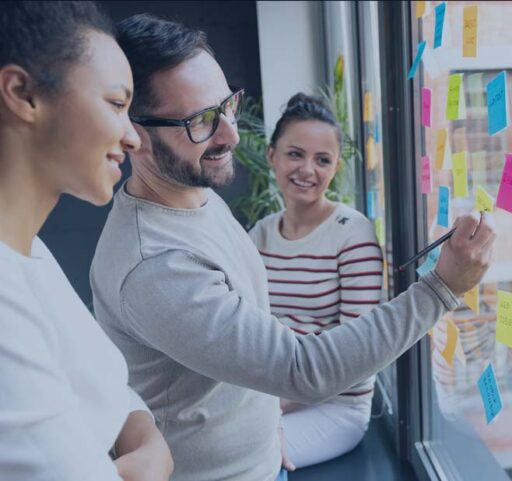How to create real-time learning and strategically important organizational results simultaneously. A new tradition in leadership development - Business Driven Action Learning (BDAL) - is rapidly gaining traction in leading private corporations. Why is this? And what's new about this form of leadership development?
The reason for the rise of the approach is that it overcomes three traps that traditional leadership development, in the form of courses and management training, often fall into:
- Development doesn't happen in real time. Traditional leadership development is based on a tank-passer metaphor, where knowledge is passively added in a vacuum outside the context in which it is to be used. As a result, the development process is often disconnected from - and difficult to transfer to - the manager's everyday life and practice.
- Traditional leadership development is not based on the real challenges and opportunities of the organization.
- Traditional leadership development forgets to set learning and impact goals that ensure sufficient learning, development and reflection as well as a clear link to organizational leadership practices.
What is business-driven leadership development?
Business-driven leadership development is an approach that brings action learning thinking into the organizational context of strategic business development. A key difference with BDAL is that leadership development is based on the real challenges and everyday life of the organization. The goal is for leadership development to produce valuable solutions for the organization while creating learning.
8 key elements of business-driven leadership development
As with short virtual meetings, it is crucial that you as a facilitator are able to create engagement and presence at a distance. A prerequisite for this is that the meeting is well prepared. You can, for example, prepare a script using the "IDOARRT" method, where you fill in the information:
- The intention: What is the intention of the process? Is it an orientation, dialog or a decision?
- Desired outcome: What do we want to achieve with the process? What should be able to be done, decided when we are done? For example, a clarification or a mandate.
- Agenda: What is today's program?
- Rules and roles: What are our ground rules? How should we work with each other? E.g. phones, emails, camera, role of facilitator vs. role of participants
- Time: What are our time frames?
Article continues below the image
Join our course
Create well-being and trust despite distance
The course "Managing virtual and hybrid work communities" gives you the essential tools to increase productivity and well-being through distance management.
Bring together many different learning methods
When planning business-driven leadership development, you should carefully consider whether and to what extent you want to incorporate different learning methods into the development process. However, an effective development program should consist of a mix of several of these learning methods:
- Training and cases
- Individual learning methods - journaling, self-assessment and coaching
- Problem-solving methods - analysis, stakeholder interviews, etc.
- Team-based learning - through team coaching of the group
- Benchmark and best practice - visit best practice organizations
- Information technology mediated learning - e-learning, simulations, e-learning platforms, etc.
Tips for facilitating and organizing
Next, you need to design the process - how do you best create coherence in virtual communication? Here you can draw on experiences from physical meetings. However, it's even more important to design a successful process virtually, where small talk and established norms for meetings are not possible in the same way. That's why creating presence through involvement is key. How do you do this?
- High frequency of communication: for example, hold morning meetings that can effectively build and support morale and engagement. Establish a regular rhythm - e.g. half an hour on Monday, Wednesday and Friday.
- Think inclusion, relationship and mastery: Pay attention to the micro level - in concrete terms, this means that the form of the meeting must support a dialog that also accommodates shy and introverted participants. Dialogue spaces need to be facilitated, they don't happen by themselves - not even small talk.
- Rotate meeting tasks: If necessary, assign meeting management or topics/presentations/exercises to two employees in writing.
- Meetings should be interactive: Pay attention to creating dialog and getting feedback. Make sure that individual employees can have a dialog - possibly in smaller groups.
- Be proactive: Ask about the individual - it's your responsibility as a facilitator to communicate to everyone.
- Evaluate your meetings: Use virtual meetings as a learning trajectory to better structure your meetings, rethink your roles and get feedback for future adjustments.
Think in terms of both learning and impact goals
Finally, it is important to operate with both learning and impact goals in order to succeed with business-driven leadership development, where learning and development are created simultaneously with organizational impact. In some organizations, the focus is one-sidedly on impact goals, but the consequence is often that the learning and competence development needed to realize these goals is overlooked. It may seem a bit artificial to separate learning goals and impact goals, but it typically provides greater clarity and precision when formulating goals for both the learning and impact that the development process should have.
- Learning objectives:
what skills and knowledge should be acquired through the development process - Impact goal:
which organizationally relevant impact the development process should have
3 tips for leadership development that creates both learning and impact
- Let leadership development be based on the organization's real challenges and opportunities.
- Create real-time leadership development and make sure you create the right framework for the development process.
- Set both learning and impact goals for the development process to ensure sufficient learning, development and reflection, as well as a clear link to everyday organizational life and a relevant organizational impact.




